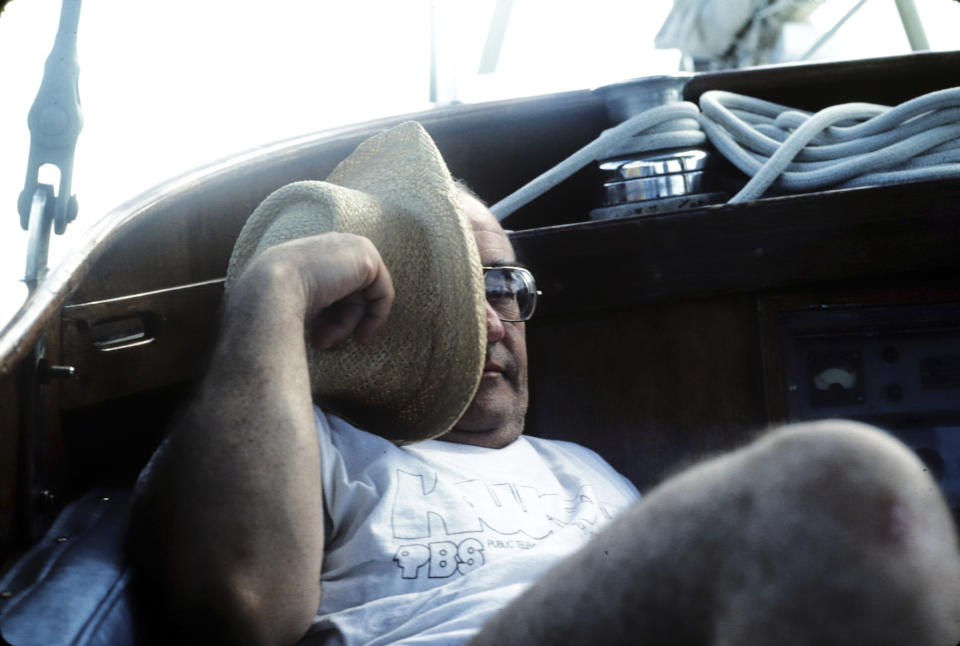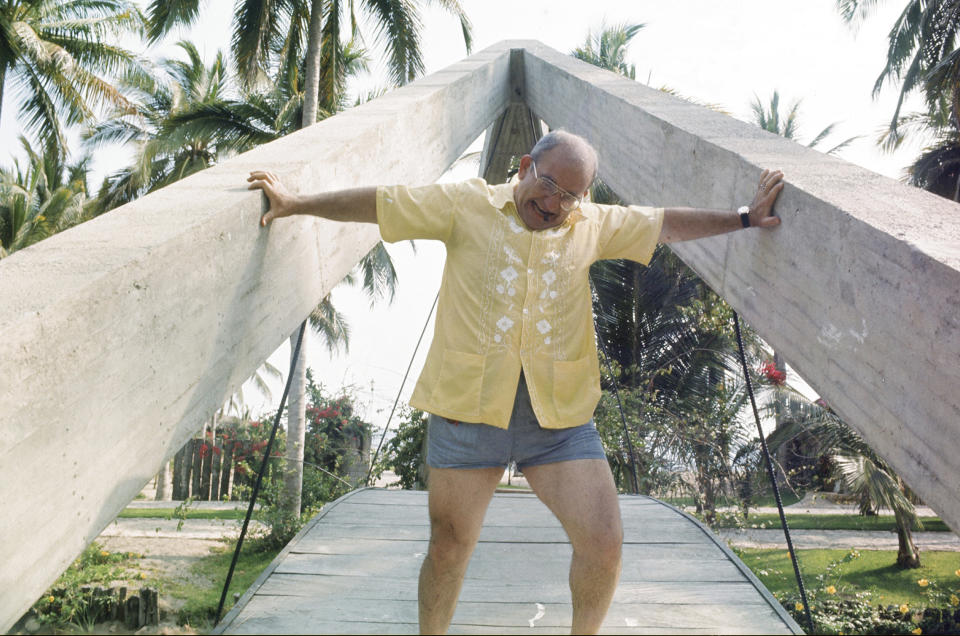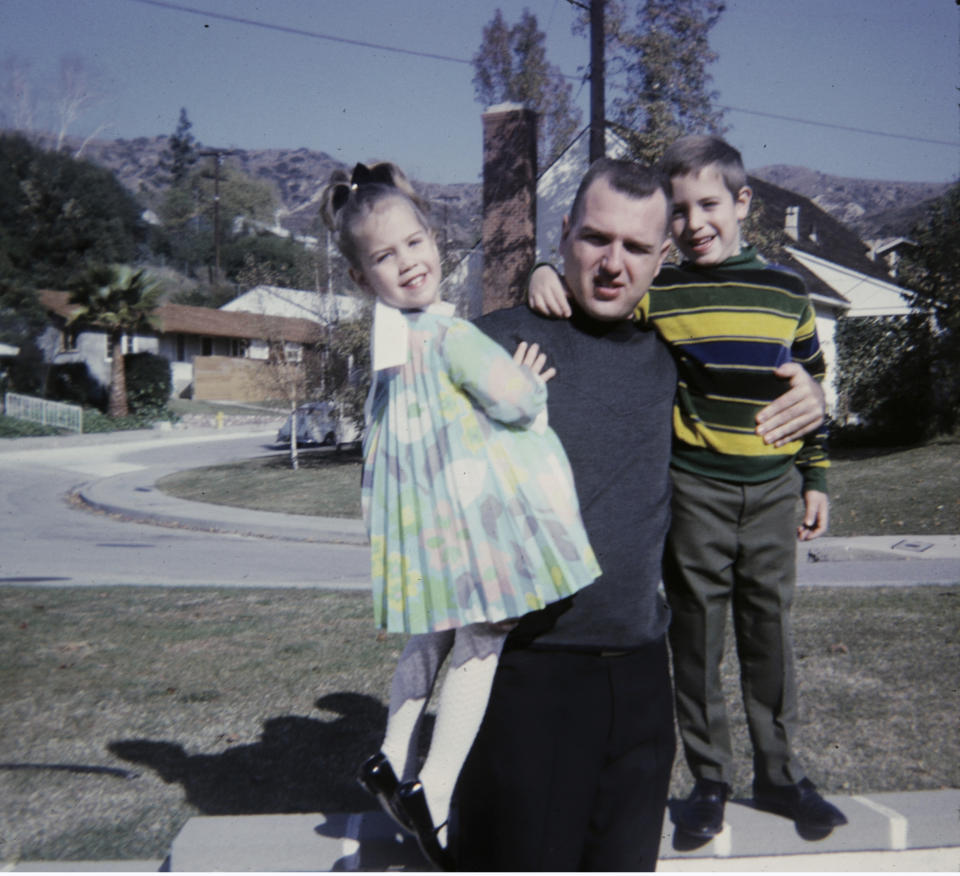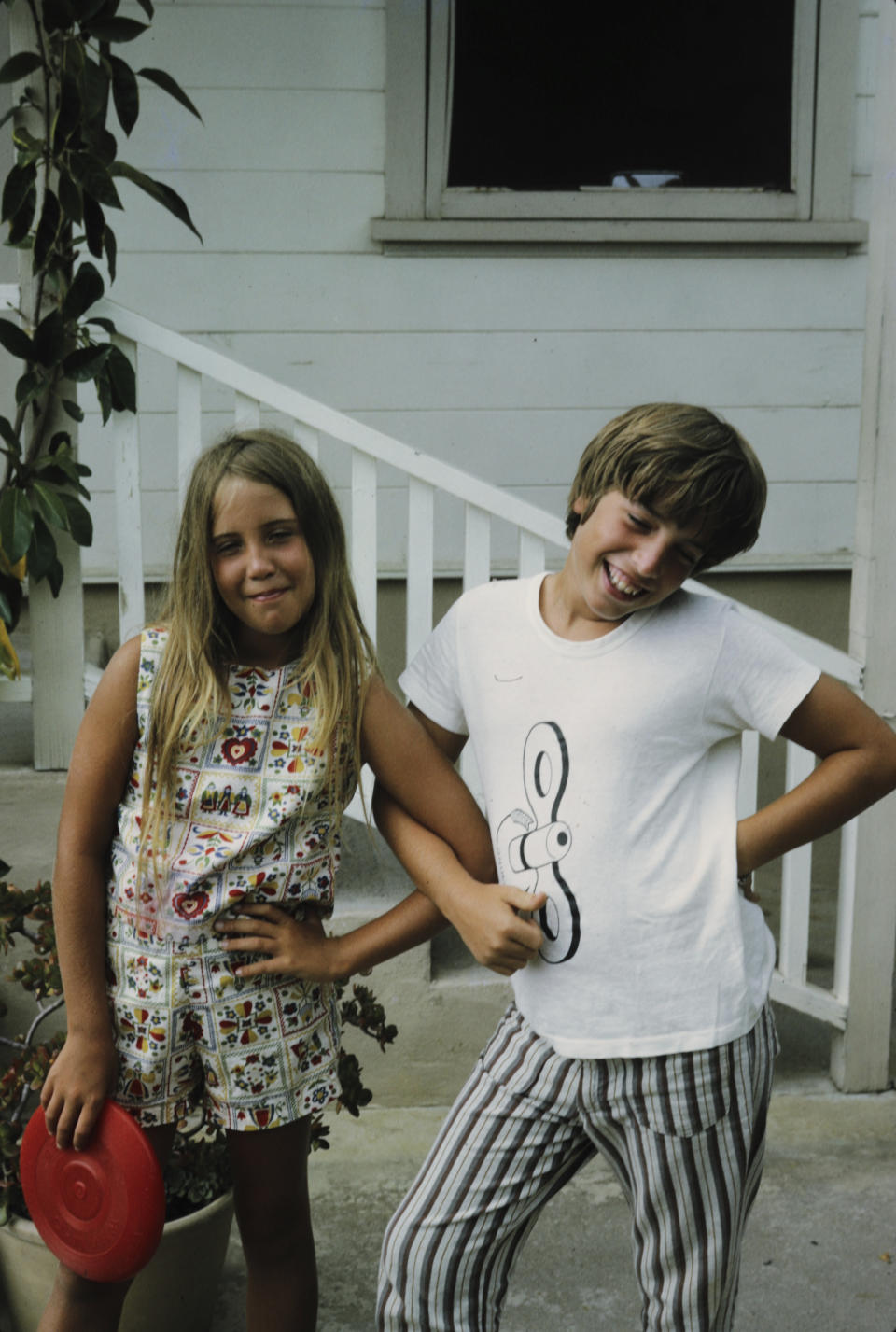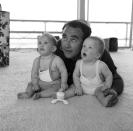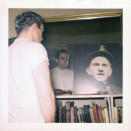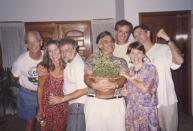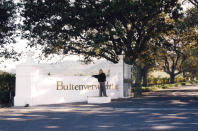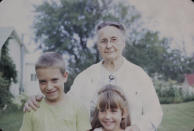Millions of old printed photos are sitting in storage. Digitizing them can unlock countless memories
This may seem like a sad story because it begins with a boy with few memories of his father, who died when he was 7 years old. It's why Mitch Goldstone cherishes his only picture with his dad — a snapshot at Disneyland taken during the late 1960s, when the concept of people reflexively reaching for smartphone cameras in their pockets could only happen in Tomorrowland.
But this story, and the personal stories that follow, aren't sad at all. And a half-century later and more, Goldstone has done something with that memory.
He is pursuing a career focused on the joy of rediscovery. He and his longtime partner, Carl Berman, run ScanMyPhotos, part of a niche industry that specializes in turning the billions of analog slides, undeveloped negatives and printed pictures taken in the pre-smartphone era into digital treasure chests filled with memories that had been forgotten.
“There’s nothing else like it, there are so few businesses doing something that makes people cry when they get the product back," Goldstone says. “Fortunately, they are usually happy tears.”
Giving analog photos new digital life can resurface long-buried memories and make them feel fresh. It can bring back the roar of the water in old vacation snapshots, resurrect long-gone relatives in their prime and rekindle the warmth of a childhood pet’s unconditional love. It can remind you of the intricacies of family relationships, summon forgotten moments and — perhaps best of all — make them easy to share.
It happened to me. I finally ended several years of procrastination and entrusted professionals to scan thousands of Kodachrome slides that I inherited from my 81-year-old dad when he died in 2019.
I hadn't been able to look at them — not from an emotional standpoint, but because I didn't have the proper equipment to peruse analog slides. Converting them into accessible digital media launched me on a journey back to my own childhood and the pasts of my parents, grandparents and great-grandparents. That, in turn, is giving me a better understanding of how I became me.
It's a phenomenon shared by other people who have taken the steps to preserve analog photos that were painstakingly shot in the decades before smartphones enabled people to routinely take pictures of everything.
It's not cheap. But if you have the $200 to $300 that it will likely cost to pay for the process — and if you can find the time to dig through musty boxes, drawers and garages — you may find a gateway to experiences like these.
AN ACTOR'S FINAL ENCORE
During his award-winning acting career, Ed Asner became famous for playing crusty yet lovable characters, with the most famous being Lou Grant — the newsroom boss in two popular TV series, “The Mary Tyler Moore Show” from 1970 to 1977 and an eponymous spinoff from 1977 to 1982. Asner also provided the voice for the curmudgeonly Carl Fredricksen in Pixar's 2009 animated film, “Up,” that included a poignant scene about photography's power to rekindle memories.
After Asner died in 2021, a similar scene became real. His son, Matt, found hundreds of undeveloped negatives. He decided to get them digitized along with a storehouse of printed pictures.
“I honestly didn’t know what I was going to get back,” Matt Asner says. “It’s kind of overwhelming. It’s like you get this treasure back that opens your eyes to a past that you sort of remember. But a lot of it you don’t remember.”
Looking at his dad's photos rekindled memories that Matt didn't realize had been buried in his subconscious. One day, Matt was gazing at some photos taken of him when he was 3 or 4 years old at a Southern California beach house that his father would rent for the family during the summer. One picture in particular opened the floodgates.
“There's this picture of me holding a dead fish, and I had this wild memory of finding it on the beach and keeping it with me for four days,” the son recalls. “My mom finally threw it away when I was sleeping because it was stinking so much. That was a very strong memory that I had forgot.”
The digital conversions of Ed Asner's old pictures also produced troves of other visual baubles, including one of the actor as a young man gazing introspectively at himself in a mirror — perhaps as he prepared for a role. Matt now shares some of his favorite pictures of his father on his Twitter account, but what he likes best is sending them around to relatives — something the digital format makes easy.
“Some of these pictures haven't been seen for 40, 50 or even 60 years,” Matt Asner marvels. “It's like opening up a strange world for everyone and it draws you closer as a family. My dad and mom were sort of the glue for the whole family. Now, these photos replace some of the glue that has gone away.”
A DIPLOMAT'S JOURNEY
After retiring in 2021 from a long career as a U.S. diplomat who worked all over the world, Lyne Paquette returned to her home in Chapel Hill, North Carolina, and retrieved from storage 12,000 images that she had taken from her film camera during her wide-ranging travels. After spending months sorting through them all, Paquette sent about 3,500 to be digitized.
When Paquette got them back, she found herself transported back to so many of the places where she had been assigned or visited — various countries in Central and South America, Australia, Germany, Bangladesh, Syria and Vietnam. While she loves looking back at all the good times with all the friends she made, some of her favorite images are our her late parents.
“It brings back so much happiness, but sometimes sadness,” Paquette, 67, says. “I can see now: I have had a very, very rich life.”
A WAR CORRESPONDENT'S PORTFOLIO
Russell Gordon worked in 20 countries as a photographer covering assignments that thrust him into wars, including the one in Bosnia. So yes, he accumulated a lot of analog pictures, slides and negatives in his career. He had 200 of his favorites digitized, including one-of-a-kind shots such as a photo of a fellow journalist in Afghanistan who was eventually assassinated by the man he was interviewing in the picture.
“I was like a kid at Christmas, waiting with such anticipation," says Gordon, 58, as he recalled the wait for the digital conversion.
He wasn't disappointed. The memories embedded in the photos are even more precious to him because he is afflicted with post-traumatic stress disorder after years of covering horrific wars. “I have a little bit of quality of life now, but my life is largely formed around nostalgia now," Gordon says. “So this is such a gift.”
The experience has made him more convinced that anyone with analog images should digitize them as soon as they get a chance.
“Life happens and people die,” he says, sighing. “When you are gone, unless you are leaving behind some money, the only thing you are leaving behind are some photos.”
A GEOLOGIST'S DISCOVERY
Clifford Cuffey inherited a passion for geology and photography from his father, who died last year.
Those shared traits coalesced into Cuffey finding himself with more than 100,000 photos, including about 70,000 Kodachrome slides that he had taken from 1985 through 2009 using cameras outfitted with manual Olympus and Nikon lenses. Many of the pictures were taken during his trips revolving around his interest in geology — his chosen profession.
And his dad, a geology professor at Penn State University, had left behind similar pictures taken during summer trips when Cuffey and his brother used to tag along as kids. But there were also other photos devoted to hobbies, such as trains and railroads that don't even exist any longer, old pets and, of course family pictures.
Cuffey, 55, has spent more than $20,000 digitizing the best of his analog photo collection to help fulfill his goal to set up a website focusing on geology. But the investment is also producing some real sentimental dividends.
“These were the fun things I did growing up," Cuffey says. "Every time I look at my scanned photos, I have a big smile on my face and I am super glad I did it.”
SOME OPTIONS FOR GETTING YOUR OLD PHOTOS DIGITIZED
With so many pictures, slides and other visual media still limited to an analog, digitizing has turned into a cottage industry. As with any service or product, it's smart to do some research to determine which service sounds best for your needs. But here are a few places to tip.
—Based on its research, Consumers Guide Review recommends these as the best places: iMemories,LegacyBox and ScanMyPhotos. Other photo-scanning sites that have drawn positive reviews include GoPhoto,ScanCafe, Memories Renewed, ScanDigital, DiJiFi and Digital Memories.
—If you don't feel comfortable turning over your old photos to strangers or think the scanning services are too expensive, there are ways to do it yourself. But that takes some technical expertise, patience and the proper equipment.
—If you are an Amazon aficionado, the e-commerce site rounds up what it believes are some of the best products in its inventory. PC Magazine recommends these products. If you do some Googling and research through another search engine, you will find plenty of other suggestions to scan all those photos on your own.
___
Michael Liedtke writes about technology for The Associated Press. Follow him at http://twitter.com/liedtkesfc


